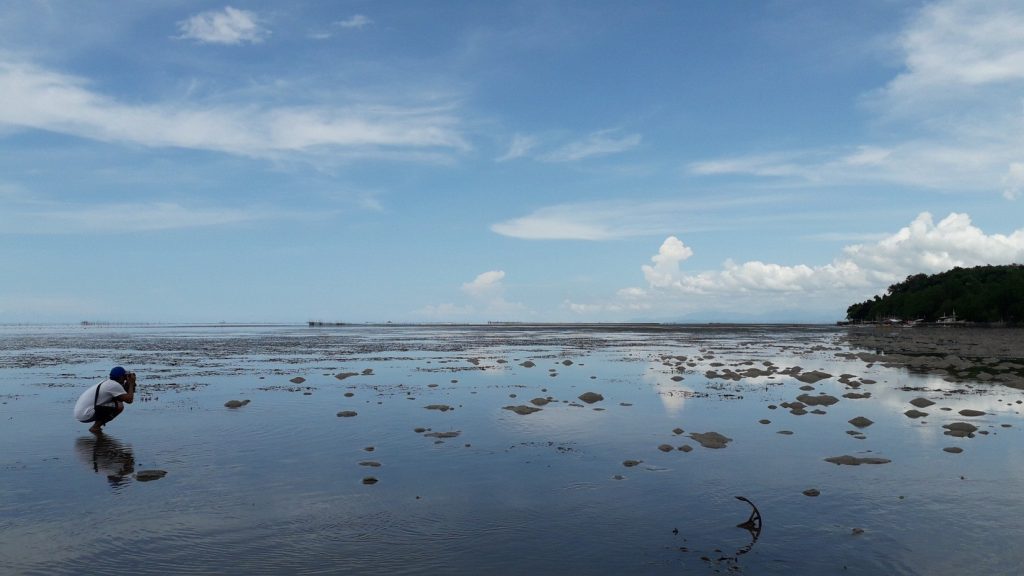
OCCIDENTAL MINDORO — Occidental Mindoro offers more than its awe-inspiring views of paddy fields and mountain ranges. With unspoiled white beaches, underwater paradise, and other captivating sights, the province is a promising hub for sustainable tourism.
Occidental Mindoro is one of two provinces of Mindoro island. San Jose was made the provisional capital of Occidental until Jan. 1, 1951, when the seat of government was transferred to Mamburao.
Occidental Mindoro, which is the Southern Tagalog region’s second leading rice producer, is composed of 11 municipalities.
In many of these municipalities, agricultural products are not the only things offered. There is also a myriad of natural attractions that remain undiscovered by many, such as Sablayan and San Jose.
SAN JOSE, OCCIDENTAL MINDORO
San Jose, usually known as a transit point to Coron, is more than a stop for tourists seeking the idyllic waters and otherworldly rock formations of Palawan.
Beaches and islands rimmed with golden to cream-colored sand coasts abound, plus there’s a site for pilgrimage that Catholics would find worthy for a long boat ride.
There is the Manadi Island, locally known as White Island, fringed with beached corals and papaya whip-colored sands. Manadi is perfect for those seeking solitude and peace. Since walking in this tiny islet is like walking around the block, a less-than-10-minute stroll will allow one to marvel and tour the whole island.
A small, confined village, not far from Manadi, has two Catholic structures— a newly-built church by a top real estate company, and the other, a chapel that is believed to be miraculous.
Germalyn Pandiño, the Santissima Trinidad Church secretariat, said devotees always come back to Ilin Island to give thanks. “Their prayers here in the Holy Trinity do come true. All those who promise to come back do so,” she said.
An example of this was a mother from Ligaya, Sablayan, whose three-year-old child was presumed dead some years ago.
“She herself said her child was already dead, with only a portion of her upper body warm. Then there’s a faith healer who told her to visit Ilin and get water from its church,” Pandiño narrated.
“So, they decided to rent a boat from Ligaya. Coming back home, the mother rubbed her child with a cloth poured with water she got from the island. Based on her account, the child woke up, and is now living well,” she added. There are similar accounts, Pandiño said, but another tale of the chapel makes a remarkable backdrop to its origins — the story behind the image hung on its main altar.
Before the chapel was renovated by healing priest Fr. Fernando Suarez, the Santissima Trinidad Church was originally made of wood, built by the Spaniards in 1843. During that era, there was said to be a couple whose main source of living was “pagbabaklad” or the use of corrals to catch fish. (PNA)





